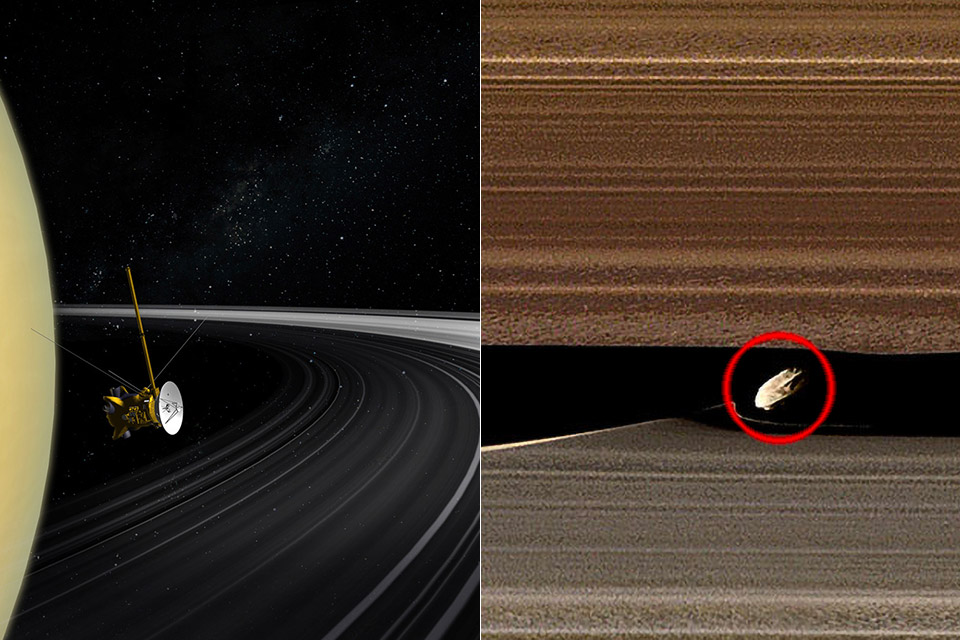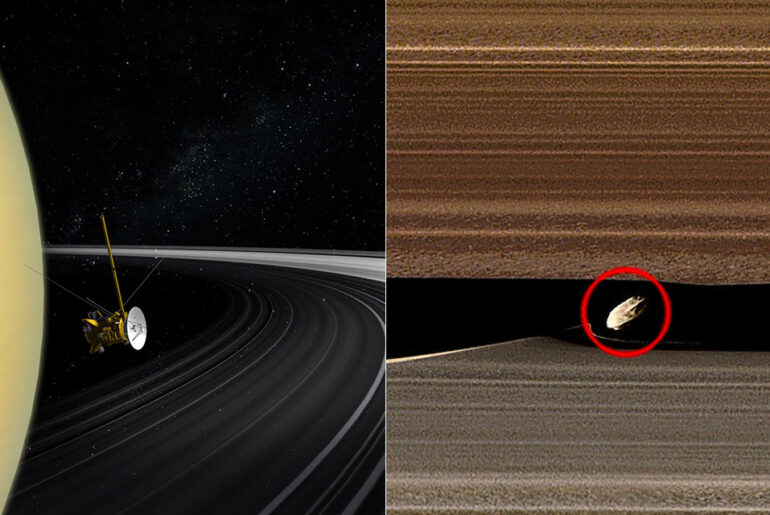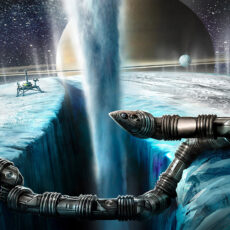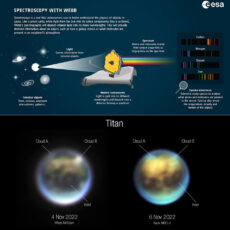
NASA researchers used supercomputers to create simulations that may shed light on the origin of Saturn’s rings and its moons. Researchers believe that they could have evolved from the ensuing debris after two icy moons collided and shattered a few hundred million years ago.
The leftover debris that didn’t end up in Saturn’s rings could also have contributed to the formation of some of its present-day moons. Supercomputers at Durham University’s Distributed Research using Advanced Computing (DiRAC) facility simulated nearly 200 different versions of the impact. What they discovered was that a wide range of collision scenarios could have scattered just the right amount of ice into Saturn’s Roche limit, where it could settle into rings.
- INSPIRE CURIOSITY – The NASA Lunar Telescope allows your child to see the moon in incredible detail; the perfect gift for girls and boys interested...
- HIGH-QUALITY OPTICAL GLASS AND FINDER SCOPE – This easy-to-use telescope comes with a finder scope, low power, and high-power eyepieces; when used...
- TABLETOP TRIPOD & SMOOTH MOUNT SYSTEM – Use the included tripod to steady your Lunar Telescope for optimal viewing, with a smooth mounting system...
There’s so much we still don’t know about the Saturn system, including its moons that host environments that might be suitable for life. So, it’s exciting to use big simulations like these to explore in detail how they could have evolved,” said Jacob Kegerreis, Research Scientist at NASA’s Ames Research Center.










